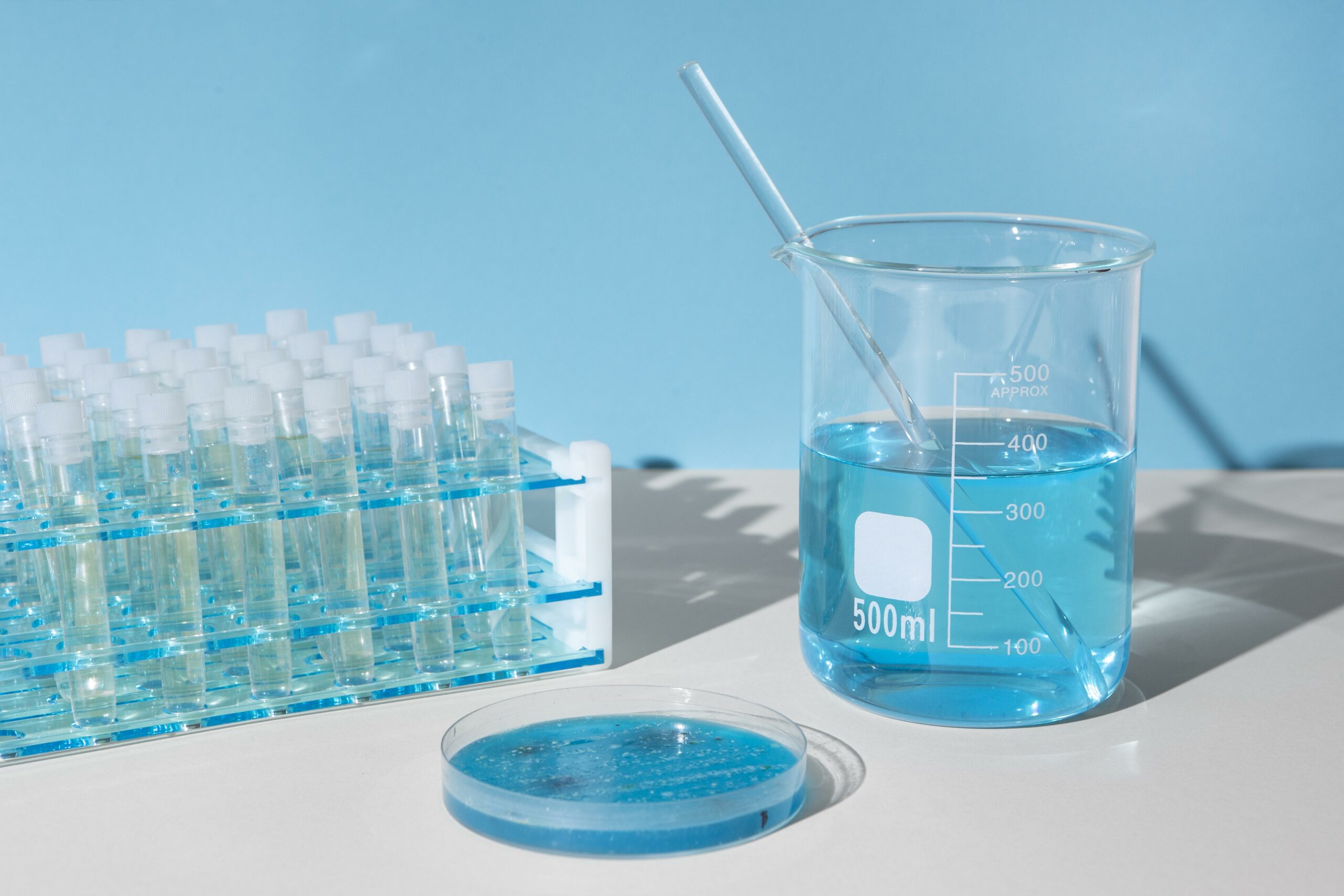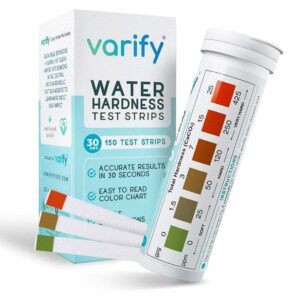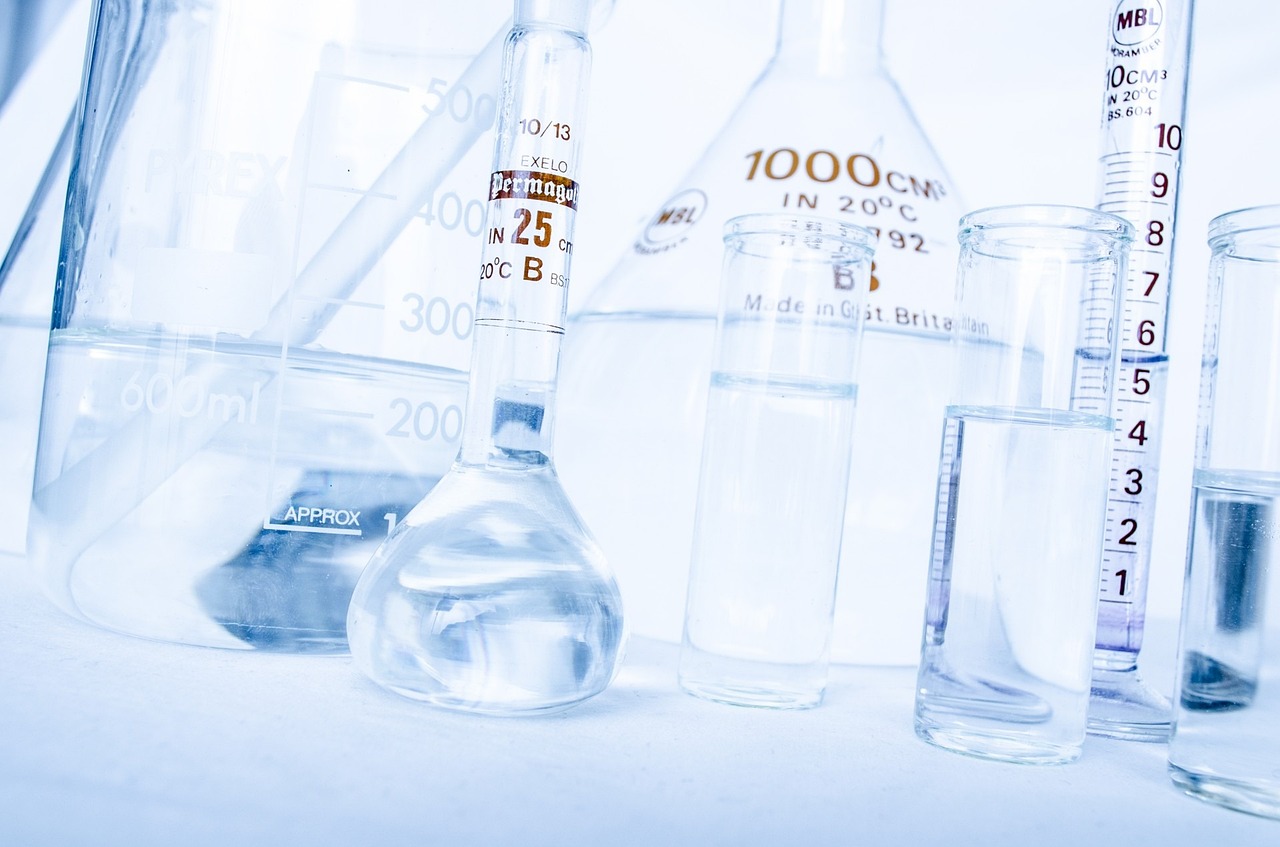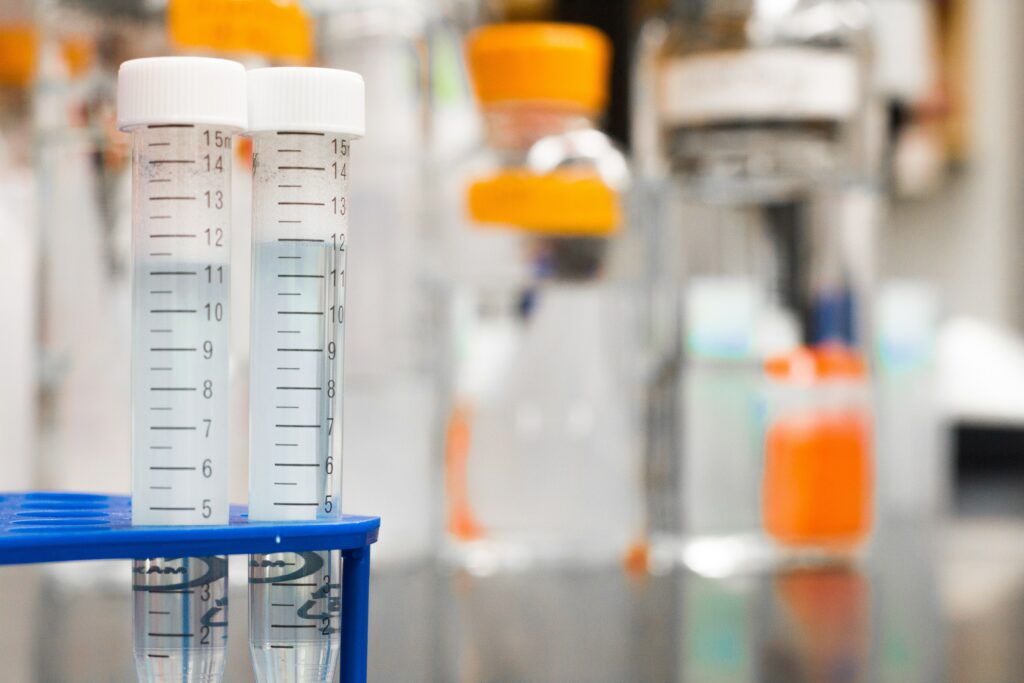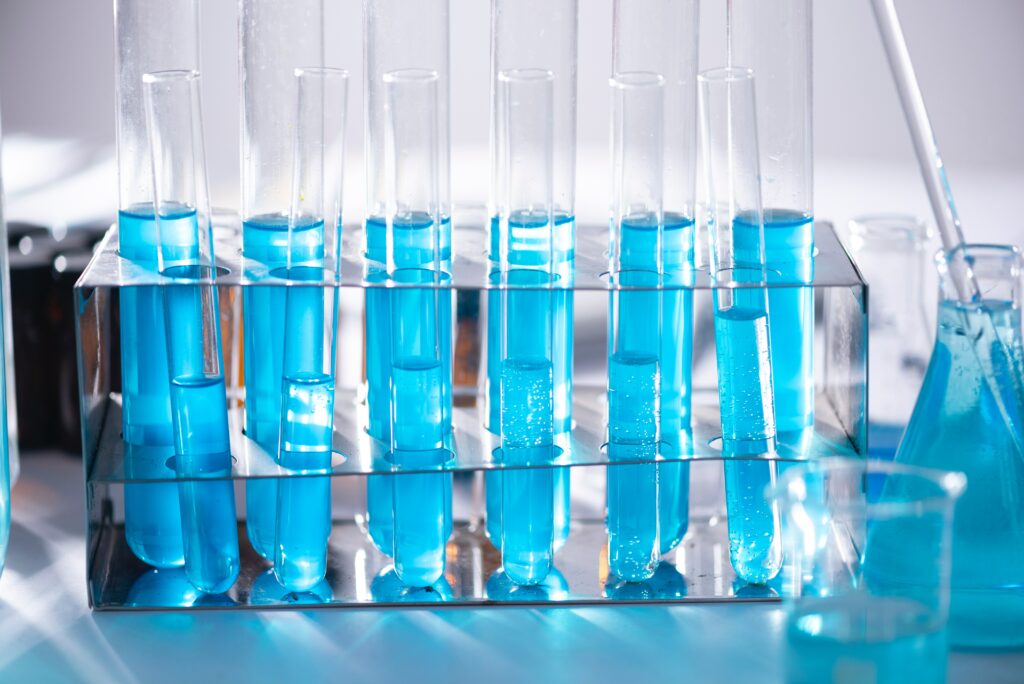Water is a necessary resource in our daily lives, as water is required for drinking, cooking, and keeping basic cleanliness. However, different chemicals detrimental to human health might undermine the quality and safety of our water supply. This is when the Varify Water Test Kit comes in handy. Water testing ensures that our water is clean and safe to drink by analyzing the presence of pollutants.
This post will look at the top six contaminants that the Varify Water Test Kit can detect. Understanding these toxins and their detection methods will enable people to make informed judgments about their water quality and take the required precautions to preserve their health and well-being.
What is the Varify Water Test Kit?
Now that we’ve established the significance of water testing, let’s get to know our dependable sidekick, the Varify Water Test Kit. This handy small kit is designed to detect various impurities in your water supply, giving you the ability to adjust the quality of your water. It’s like having a mini laboratory in the palm of your hand but without the white coat and goggles.
How does the Varify Water Test Kit work?
To test your water samples, the Varify Water Test Kit employs a combination of science and sorcery (just joking, it’s primarily science). It has simple directions, so you won’t need to dig out your high school chemistry textbook. Simply grab a sample of your water, combine it with the reagents given, and watch the magic unfold. The results will inform you exactly what contaminants are present, allowing you to take appropriate action.
Contaminants That Varify Water Test Kit Can Detect
Contaminant #1: Bacteria and microorganisms
Bacteria and germs may be microscopic, but if they get into your water, they may wreak havoc on your health. These little animals are undesirable guests, causing gastrointestinal difficulties and spreading nasty illnesses.
The Varify Water Test Kit can successfully detect the presence of germs and microbes in your water. It employs cutting-edge technology to detect and notify you of the presence of unseen troublemakers. As a result, you’ll have a better understanding of your water supply.
Contaminant #2: Lead and heavy metals
Lead and heavy metals may sound like they fit in a Metallica song, but they do not belong in your water. These nefarious compounds can contaminate your water source and cause havoc in your body. Lead and heavy metals are the water world’s supervillains, causing developmental disorders in children and harming your neurological system.
Fortunately, the Varify Water Test Kit can detect the presence of lead and heavy metals in your water. It can detect troublemakers and alert you to their presence. With this information, you can take precautions to protect yourself and your family from these dangerous toxins.
Contaminant #3: Pesticides and herbicides
Pesticides and herbicides are routinely used to keep pests and weeds at bay in crops and gardens. However, if these chemicals make their way into our water supplies, they can endanger both human health and the environment. Pesticides and herbicides in drinking water can cause long-term health problems, including an increased risk of some malignancies and hormone disorders. Furthermore, these toxins have the potential to affect aquatic ecosystems by upsetting the normal balance of life.
You can easily detect the presence of pesticides and herbicides in your water using the Varify Water Test Kit. The test kit contains specially engineered strips that react to the compounds contained in these pollutants. Simply immerse the strip in your water sample and observe the color change. The kit also includes a color chart for simple comparison, allowing you to calculate the pesticide or herbicide content in your water. By detecting these dangerous compounds, you will be able to take the required precautions to ensure the safety of your drinking water.
Contaminant #4: Chlorine and disinfectants
Chlorine and other disinfectants are essential in the water treatment process. They are added to water sources to destroy hazardous bacteria, viruses, and parasites. While chlorine and disinfectants are effective at killing these germs, excessive doses can be harmful. Drinking water containing excessive levels of chlorine can irritate the skin, eyes, and respiratory system. It can also react with organic substances in water, producing carcinogenic disinfection byproducts.
You can quickly evaluate the chlorine and disinfection levels in your water with the Varify Water Test Kit. A test strip particularly designed to react to these substances is included in the package. Simply dip the strip into the water sample, wait for the color to change, then compare it to the color chart given. In this manner, you can confirm that the chlorine levels in your drinking water are within the acceptable consumption range. You can achieve the perfect balance between disinfection and water health by monitoring chlorine levels.
Contaminant #5: Nitrates and nitrites
Nitrates and nitrites are chemical substances found in water as a result of agricultural operations such as fertilizer use. While nitrates are usually safe, they can be transformed to nitrites, which are harmful to children and pregnant women. Nitrite levels in drinking water can interfere with the oxygen-carrying ability of blood, resulting in methemoglobinemia or “blue baby syndrome.” Nitrites can also react with other elements in the body to generate possibly cancer-causing compounds.
The Varify Water Test Kit makes it simple to detect the presence of nitrates and nitrites in your water. The package includes test strips that react to these chemicals, allowing you to determine the concentration of these compounds in your water sample. You can rapidly Varify if the levels of nitrates and nitrites in your drinking water are within acceptable limits by following the instructions and comparing the color change to the given chart. This understanding allows you to take the necessary precautions to protect yourself and your family from potential health dangers.
Contaminant #6: pH levels and acidity/alkalinity
Proper pH levels in water are critical for a variety of reasons. pH is a measure of a substance’s acidity or alkalinity, and water with an uneven pH can be harmful. Highly acidic or alkaline water can corrode pipes and plumbing fixtures, resulting in expensive repairs. Furthermore, high levels of acidity or alkalinity can alter the flavor and odor of drinking water, making it less appealing to drink. Furthermore, pH levels can affect the efficacy of water treatment operations as well as the survival of aquatic creatures in natural habitats.
You can simply measure the pH levels and acidity/alkalinity of your water using the Varify Water Test Kit. When dipped into your water sample, the test strips deliver reliable readings. You can check the pH level of your water and whether it falls within the ideal range by comparing the color shift on the strip to the given color chart. This knowledge enables you to make intelligent water treatment decisions, such as altering alkalinity or acidity levels as needed. Keeping the pH of your water adjusted maintains its quality and functionality in a variety of applications.
FINAL THOUGHTS
We can take control of our water quality by having access to dependable water testing tools like the Varify Water Test Kit. We can better appreciate the potential dangers involved and take appropriate actions to safeguard the safety of our water supply if we are aware of the top ten contaminants that this kit may identify. Water quality testing and monitoring are critical stages in ensuring a healthy and sustainable environment for ourselves and future generations. When it comes to protecting the quality of our water, remember that knowledge is power.

